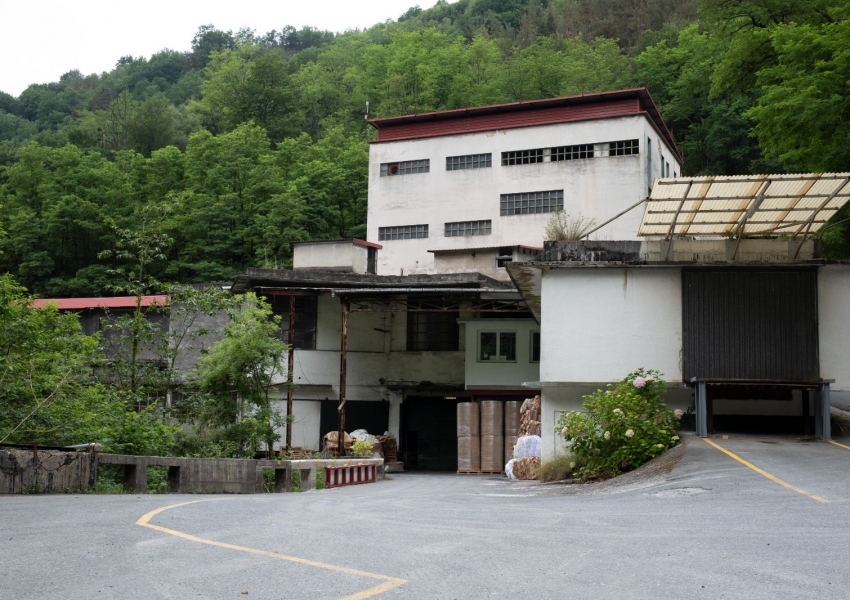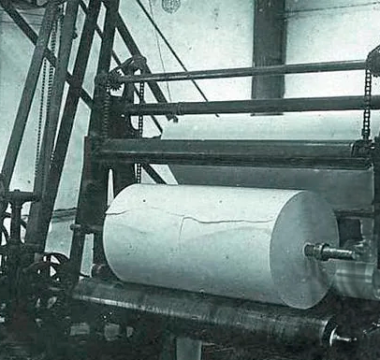What is Crepe Paper?
Crepe paper is a type of paper known for its wrinkled and elastic texture. This texture is achieved through a crinkling process, which involves compressing the paper while it is still wet. This procedure not only gives the paper its characteristic appearance but also makes it more flexible and durable. Due to these qualities, crepe paper is used in various applications, ranging from festive decorations to industrial packaging.
Ecological Benefits of Crepe Paper
One of the major benefits of crepe paper in terms of sustainability is that it can be made from recycled materials. Many crepe paper manufacturers use recycled fibers instead of virgin wood, reducing the demand for natural resources and decreasing deforestation. Additionally, crepe paper is biodegradable and compostable, meaning it does not contribute to long-term waste accumulation.
Reduction of Carbon Footprint
The use of recycled paper in crepe paper production also contributes to reducing the industry´s carbon footprint. The production of recycled paper consumes less energy and water compared to the production of paper from virgin wood. This not only decreases greenhouse gas emissions but also conserves vital water resources.
Innovations in Crepe Paper Production
The crepe paper industry has adopted several innovations to improve its sustainability. These innovations range from the use of eco-friendly inks to the implementation of more efficient production processes. Here are some of the most significant innovations:
Eco-Friendly Inks
A common concern with crepe paper, especially in decorative applications, is the use of inks and dyes. Many manufacturers have started using water-based inks and natural dyes that are less toxic and more biodegradable than traditional solvent-based inks. These eco-friendly inks are not only better for the environment but also safer for workers and consumers.
Efficient Production Processes
Efficiency in production is another key aspect of improving crepe paper´s sustainability. Technological advancements have allowed manufacturers to reduce energy and water consumption in the crinkling process. Additionally, many factories have implemented water recycling and energy recovery systems that minimize waste and optimize resource use.
Sustainable Applications of Crepe Paper
Crepe paper is not only sustainable in its production but also offers applications that promote sustainability in other industries. Here are some ways crepe paper is being used innovatively and ecologically:
Packaging and Protection
Crepe paper is an excellent material for packaging and protecting products. Its elastic and cushioned texture makes it ideal for wrapping fragile items and protecting them during transport. Unlike plastic packaging materials, crepe paper is biodegradable and recyclable, making it a more sustainable option for companies looking to reduce their environmental impact.
Decoration and Crafts
In the realm of decoration and crafts, crepe paper remains a popular material due to its versatility and visual appeal. However, its sustainable use goes beyond aesthetics. Environmentally conscious decorators and crafters are using recycled crepe paper and eco-friendly inks to create decorations that are not only beautiful but also planet-friendly.
Challenges and Future of Sustainable Crepe Paper
Despite the numerous benefits and advancements, the crepe paper industry still faces challenges on its path to total sustainability. One of the biggest challenges is the complete elimination of harmful chemicals in the production process. While significant progress has been made, there is still work to be done to ensure that all components of crepe paper, from fibers to inks, are completely safe and sustainable.
Another challenge is market competitiveness. As demand for sustainable products increases, crepe paper manufacturers must balance sustainability with profitability. This can be especially difficult for small businesses that lack the resources of larger corporations.
However, the future of sustainable crepe paper is promising. With growing interest in the circular economy and consumer pressure for more eco-friendly products, we are likely to see even more innovations and improvements in this industry. Collaboration among manufacturers, researchers, and policymakers will be crucial in overcoming challenges and advancing towards a more sustainable future.
Conclusion
The sustainability of crepe paper in the modern industry is an example of how ecological practices can be integrated into traditional processes to create products that are both functional and environmentally responsible. Through the use of recycled materials, adoption of eco-friendly inks, and improvement of production processes, the crepe paper industry is leading the way towards more sustainable manufacturing. As we continue to move towards a greener future, it is essential to support and promote these innovations to ensure a positive and lasting impact on our planet.



